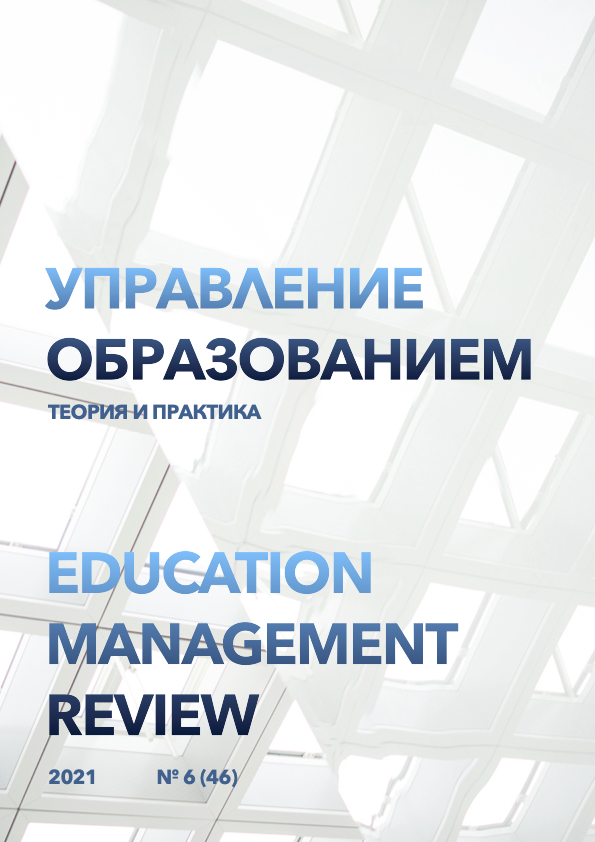Prevention of psychoemotional burnout among employees of the UIS by dosed physical exertion
DOI:
https://doi.org/10.25726/n5738-4114-2278-lKeywords:
physical activity, psychoemotional burnout, prevention, stress, stress prevention, physical exercises, physiology of the body, penal systemAbstract
The presented article is devoted to the actual problem of professional psycho-emotional burnout of employees of the penal system. The author uses in his article the method of making causal relationships, first describing stress as a physiological phenomenon, and then the consequences that prolonged stress leads to. The author also uses the method of historical analysis: the history of the occurrence of emotional burnout, its main symptoms are considered, according to the theory that was put forward by the founder. Parallels are drawn with the most famous works of domestic researchers of this psychological state. Also in the article, the author
examines the main ways to combat burnout and prevention methods from the point of view of the physiology of the human body. The article presents weighty arguments describing the positive effect of dosed physical activity on the emotional state of a person from the point of view of his physiology. Based on the data obtained, recommendations were made for performing a number of physical exercises to improve their mental state. The article is focused on a specific social group - employees of the penal enforcement system. The problem of burnout in this case is considered in connection with the specifics of the profession. The article is recommended
to a wide range of readers: cadets, current employees, employees.
References
Бойко В.В. Синдром "эмоционального выгорания" в профессиональном общении. СПб.: Питер, 1999. 105с.
Уголовный кодекс Российской Федерации от 13.06.1996 № N 63-ФЗ // Российская газета. 1996. № 113-115. Ст. 43 с изм. и допол. в ред. от 22.08.2021.
Christina Maslach. The Client Role in Staff Burn-Out // Journal of Social Issues. – 1978-10. – Т. 34, вып. 4. 111–124 с.
Chust-Hernández, P., Castellano-Rioja, E., Fernández-García, D., & Chust-Torrent, J. I. (2019). Test anxiety in nursing students: Emotional and sleep risk factors [Ansiedad ante los exámenes en estudiantes de Enfermería: factores de riesgo emocionales y de sueño]. Ansiedad y Estres, 25(2), 125–131. https://doi.org/10.1016/j.anyes.2019.05.001
Dyakovitch, M. P., & Bush, M. P. (2015). Early clinical changes and emotional burnout of police officers. Meditsina Truda i Promyshlennaia Ekologiia, (12), 37–41.
Gates, R., Musick, D., Greenawald, M., Carter, K., Bogue, R., & Penwell-Waines, L. (2019). Evaluating the Burnout-Thriving Index in a Multidisciplinary Cohort at a Large Academic Medical Center. Southern Medical Journal, 112(4), 199–204. https://doi.org/10.14423/SMJ.0000000000000962
Iushkova, O. I., Kuz’mina, L. P., Poroshenko, A. S., & Kapustina, A. V. (2008). Features of overexertion formation due to high psychoemotional strain and shift work. Meditsina Truda i Promyshlennaia Ekologiia, (4), 1–8.
Komissarova, E. M., & Ermakova, M. A. (2011). [Characteristics of arterial hypertension in psychoemotional burnout of emergency medical staffers]. Meditsina Truda i Promyshlennaia Ekologiia, (10), 19– 23.
Melik-Guseinov, D. V, Khodyreva, L. A., Kostenko, N. A., Turzin, P. S., Evdoshenko, A. S., & Bogdan, I. V. (2019). Prevalence of smoking among medical and teaching staffers. Meditsina Truda I Promyshlennaya Ekologiya, 59(3), 178–182. https://doi.org/10.31089/1026-9428-2019-59-3-178-182
Mokhnachew, A. V, & Katerenchuk, I. P. (2018). Efficiency predicate speech at work with hypertension patients in combination with comorbid diseases. Wiadomosci Lekarskie (Warsaw, Poland : 1960), 71(7), 1342–1346.
Nuzhdina, A. A., & Sineva, E. L. (2008). Features of psychoemotional state and arterial hypertension course in mental workers. Meditsina Truda i Promyshlennaia Ekologiia, (4), 8–12.
Salomova, F. I., Akhmadalieva, N. O., Sharipova, S. A., Toshmatova, G. O., Yarmukhamedova, N. F., & Mirsagatova, M. R. (2020). Psychoemotional state of the universities’ teaching staff in Uzbekistan. Indian Journal of Forensic Medicine and Toxicology, 14(4), 7984–7994. https://doi.org/10.37506/ijfmt.v14i4.12906
Valeyeva, E. T., Karamova, L. M., Shaikhlislamova, E. R., Krasovskiy, V. O., & Vlasova, N. V. (2019). Hygienic approaches to the prevention of occupational diseases among healthcare workers. Gigiena i Sanitariya, 98(9), 936–942. https://doi.org/10.18821/0016-9900-2019-98-9-936-942
Vlakh, N. I., Danilov, I. P., & Gugushvili, M. A. (2018). Psychohygienic aspects of the activity in entrepreneurs. Gigiena i Sanitariya, 97(7), 629–634. https://doi.org/10.18821/0016-9900-2018-97-7-629-634
Vlasova, E. M., Zaǐtseva, N. V, & Maliutina, N. N. (2011). [Characteristics of autonomic status in employees working with computers]. Meditsina Truda i Promyshlennaia Ekologiia, (2), 38–42.




